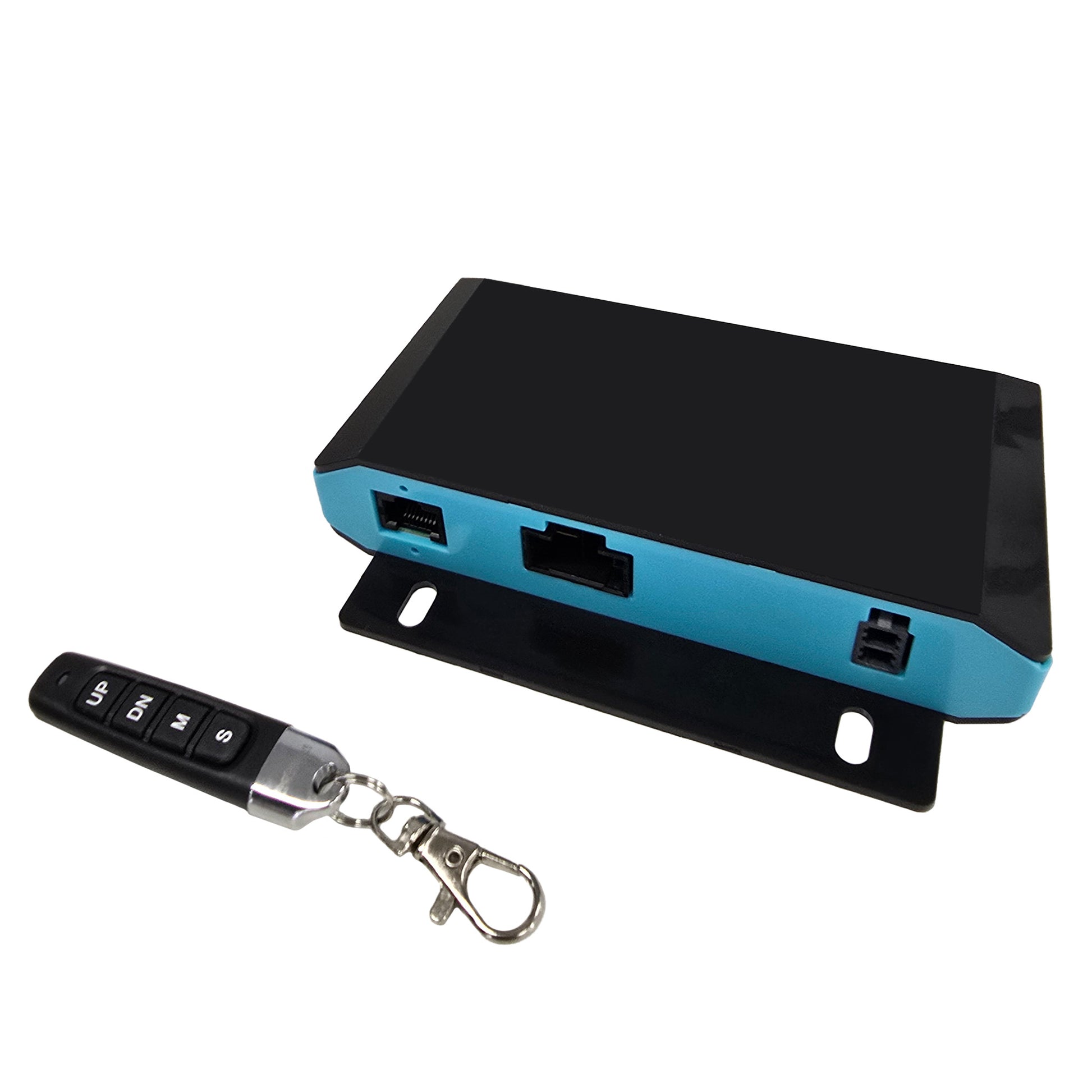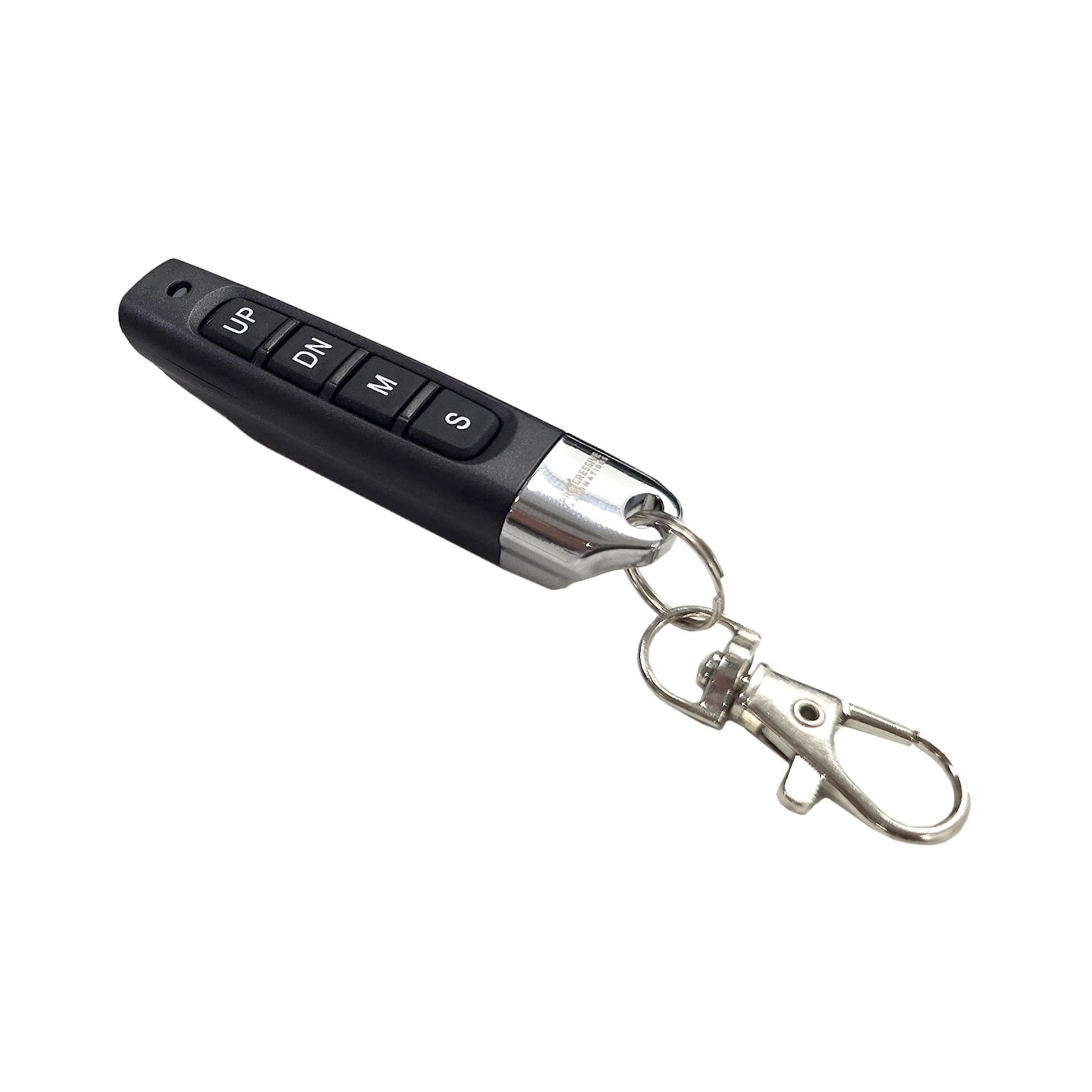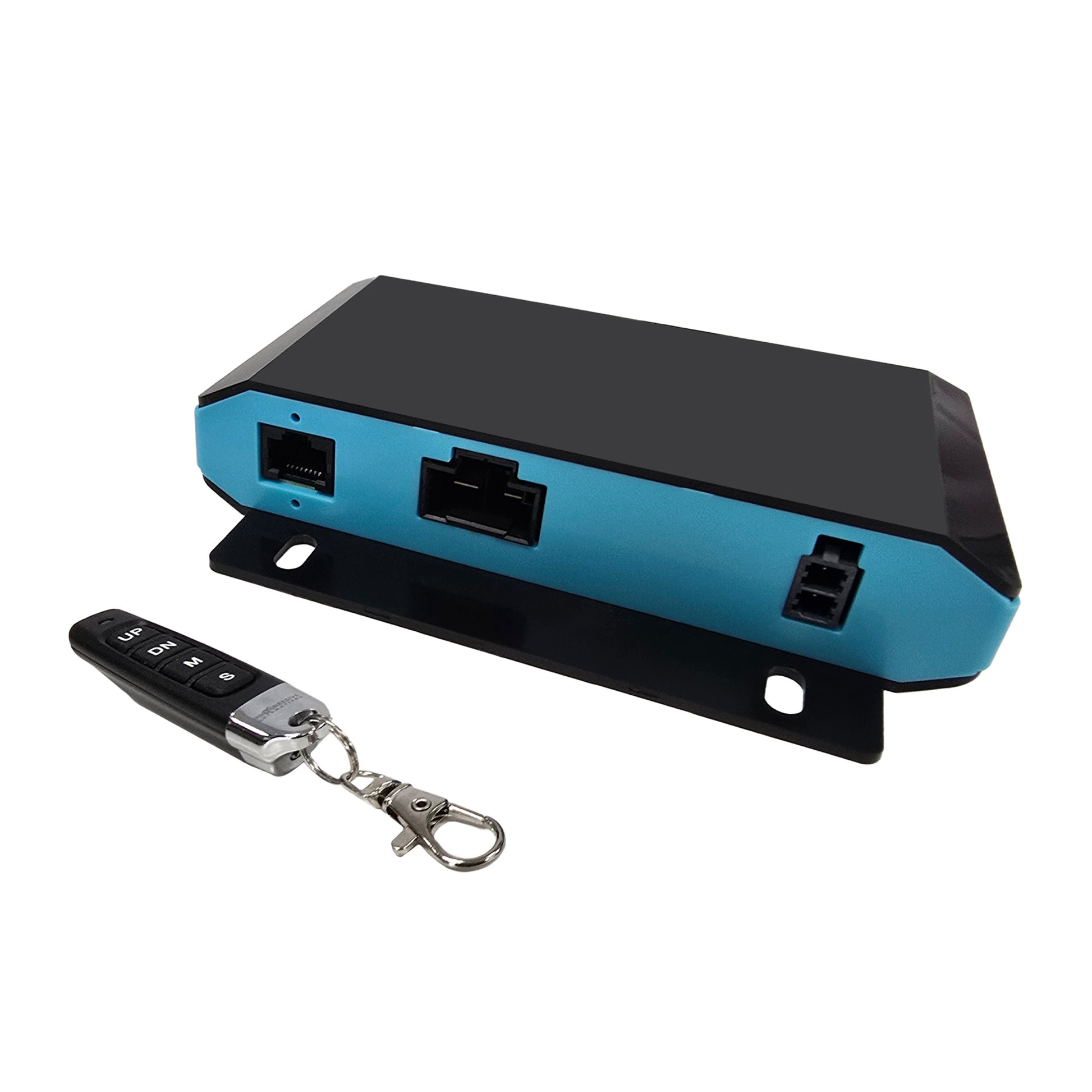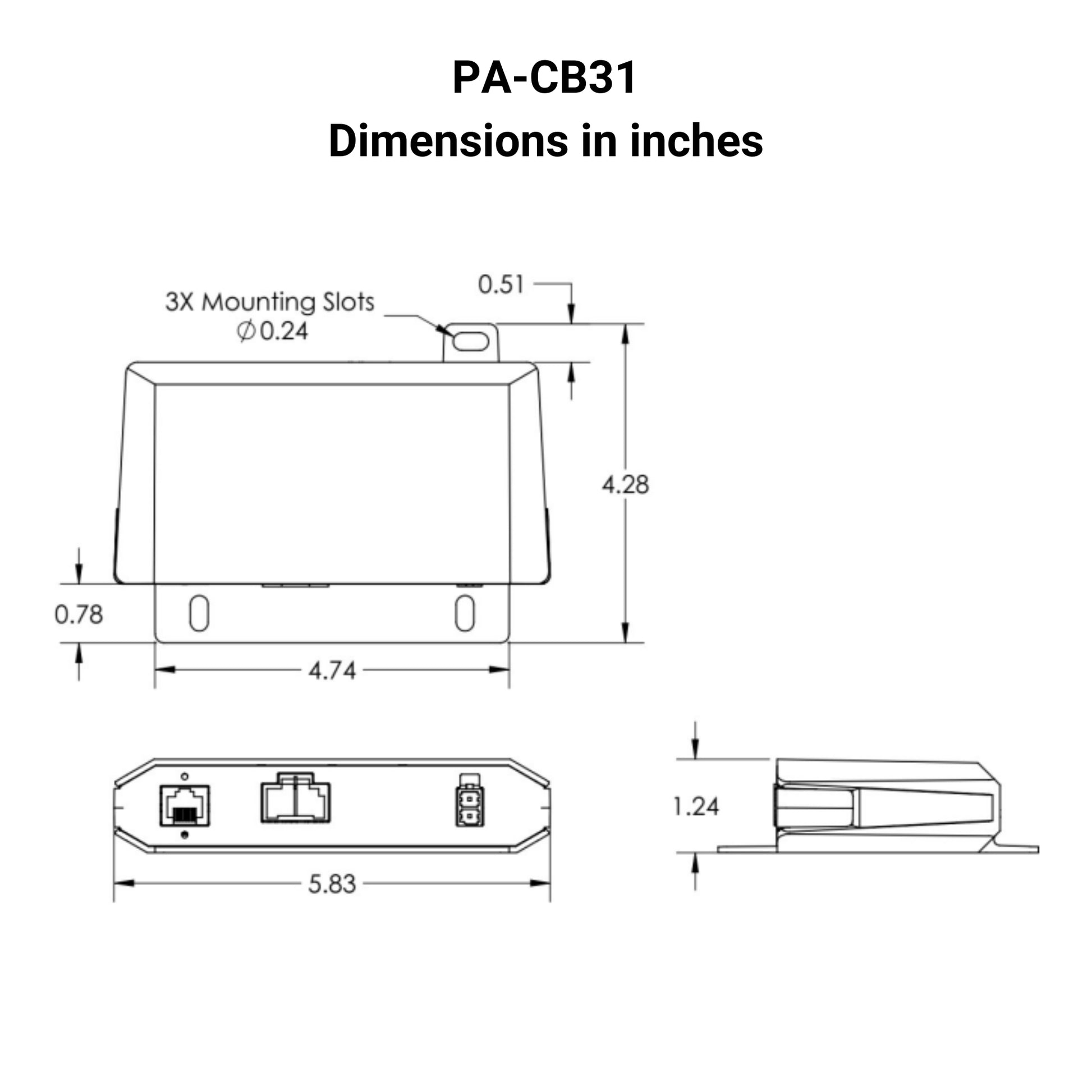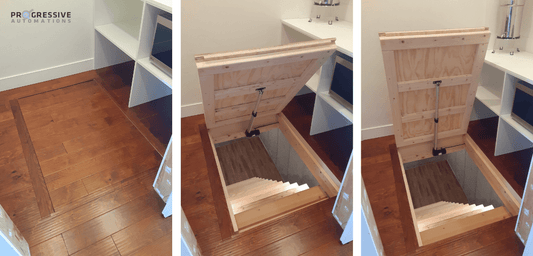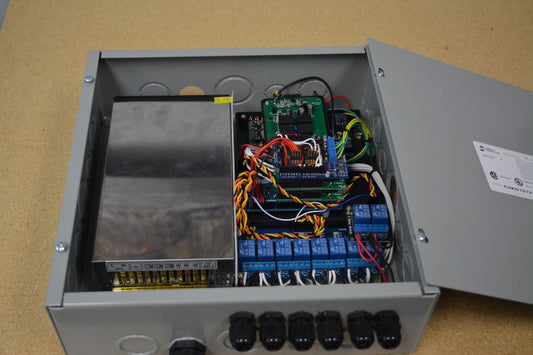




The PA-CB31-1-12V24V is Progressive Automations’ first High Power (300-Watt) actuator control box, purpose-built to drive heavy-duty industrial Linear Actuators. It supports both 12VDC and 24VDC systems with plug-and-play compatibility for our Linear Actuators, Power Supplies, and Wiring Kits.
This durable actuator control solution features high-current MOSFET motor drivers, reinforced PCB traces, and robust connectors. It offers advanced safety mechanisms and several user-accessible features, all manageable through the included wireless remote. For improved efficiency, the PA-CB31 also includes an automatic power-saving mode with instant wake-up functionality.
Connectivity: Plug-and-play with all load-compatible Heavy Duty Linear Actuators and Power Supplies, with the appropriate wiring harness selected (sold separately). See the Compatibility section and Datasheet for more details. Please select one based on your configuration needs.
Important: This control box does not come with a wiring harness. Be sure to check your setup requirements, as the harness may need to be purchased separately.
The PA-CB31-1-12V24V is Progressive Automations’ first High Power (300-Watt) actuator control box, purpose-built to drive heavy-duty industrial Linear Actuators. It supports both 12VDC and 24VDC systems with plug-and-play compatibility for our Linear Actuators, Power Supplies, and Wiring Kits.
This durable actuator control solution features high-current MOSFET motor drivers, reinforced PCB traces, and robust connectors. It offers advanced safety mechanisms and several user-accessible features, all manageable through the included wireless remote. For improved efficiency, the PA-CB31 also includes an automatic power-saving mode with instant wake-up functionality.
Connectivity: Plug-and-play with all load-compatible Heavy Duty Linear Actuators and Power Supplies, with the appropriate wiring harness selected (sold separately). See the Compatibility section and Datasheet for more details. Please select one based on your configuration needs.
Important: This control box does not come with a wiring harness. Be sure to check your setup requirements, as the harness may need to be purchased separately.
| Number of Channels | 1 |
| Input Voltage | 12/24VDC (10VDC - 26VDC) |
| Output Voltage | 12/24VDC (10VDC - 26VDC) |
| Current | 25A @12VDC 12.5A @24VDC |
| Duty Cycle | 25% (Max 5 minutes continuous) |
| Operational Temperature | -10°C to 50°C (14°F to 122°F) |
| Housing Color | Black/Blue |
| Housing Material | ABS Plastic |
| Kit Includes | 1x Control Box, 1x Wireless Remote (with Battery) |
| Wireless Frequency | 433.92 MHz |
| Wireless Range | Minimum 100 Feet |
| Wireless Remote Functions | Up, Down, Programming Modes, Stop |
| Remote Battery Type | 12V 27A Alkaline (included) |
| Dimensions | 5.83" x 4.28" x 1.25" |
| Unit Weight | 0.31 lbs |
| Features |
|
| Safety Features |
|
| AC Power Option | with PS-40-12, PS-20-24 |
| Wiring Kit Options | AC-53-48, AC-52-48 |
Following a set of standards is crucial for businesses to ensure their products and services can meet a level of quality that promotes customer satisfaction. At Progressive Automations, we aim for nothing but the best for our customers and strive toward continual improvements. Because of this, we are excited to announce that Progressive Automations is now ISO 9001:2015 certified!
Quality You Can Trust – Learn More